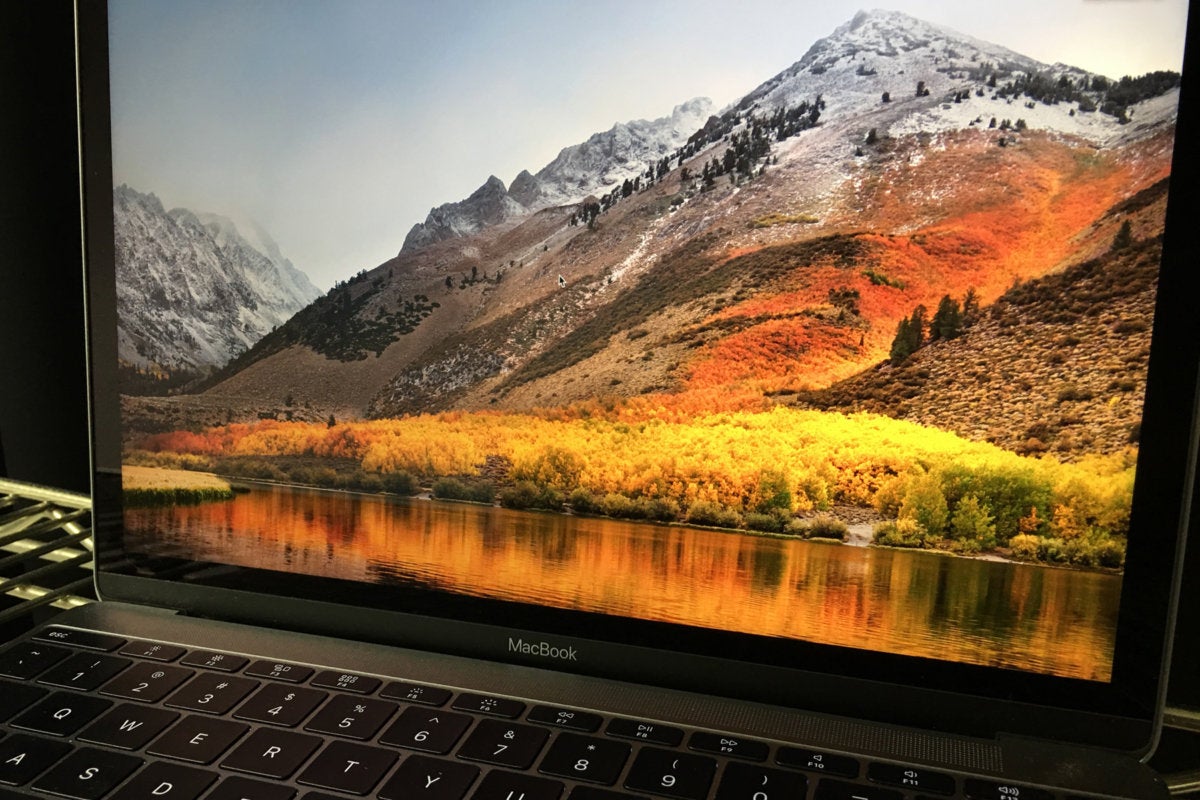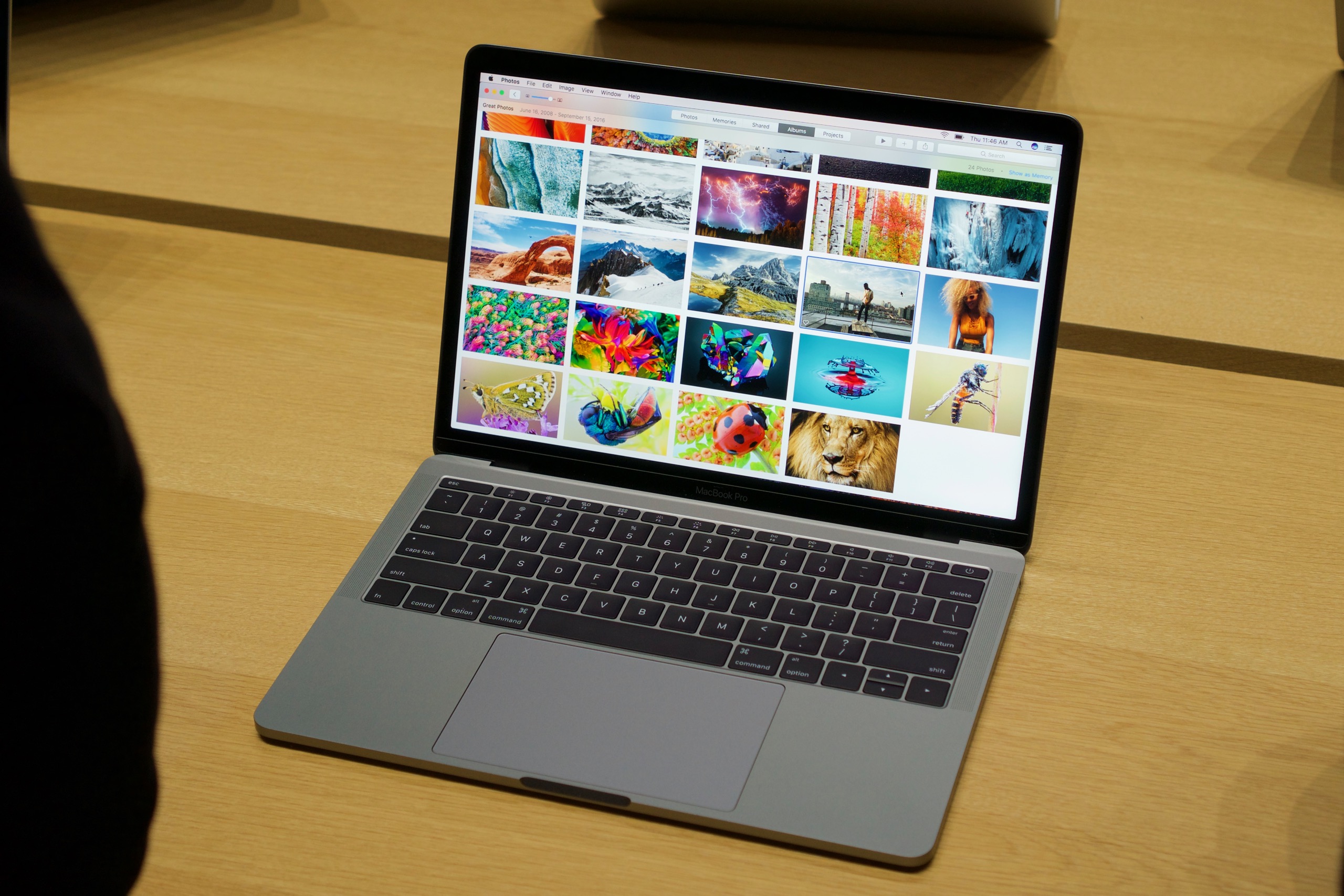


Backup your data – It’s always good practice to backup your Mac once a while - or like they say, make a backup of your backups! Apple also recommends us to do that for major macOS upgrades, just in case. Also read our guide on the best Mac cleaner software.ģ. That’s the most effective solution I’ve found. How to clean? There are lots of manual things you can do, but I recommend using CleanMyMac to remove system junk and Gemini 2 to find large duplicates. Plus, it’ll take you less time to back up. The more free space you have, the better. Clean up your Mac – Per Apple, High Sierra requires at least 14.3GB of storage space to perform the upgrade. Apple has a clear list of which Mac models are supported. Check your Mac model – Not all Macs, especially old ones, are able to upgrade. If you have decided to update to High Sierra but have yet to do so, here are a few things (based on order of priority) I highly recommend you check out in advance so you can avoid potential problems.ġ. I hope you find them helpful.Īlso Read: macOS Monterey Slow Fixes Important Tips My goal is simple: to save you time by helping you solve problems! Some of the issues below are what I personally suffered, while some come from stories of other fellow Mac users.

Because of our collective experience, I figured it would be a good idea to write an article listing common macOS High Sierra slowdown issues together with relevant solutions. Having immersed myself into countless Apple communities and forums, I found that I wasn’t alone. However, the excitement has been gradually overcome by the issues I encountered - mainly, that it runs slowly or even freezes up during and after installation. After waiting for my mid-2012 MacBook Pro to update for two days and nights, it’s finally on the latest macOS - 10.13 High Sierra!Īs a tech enthusiast, I was super excited about High Sierra and its new features.


 0 kommentar(er)
0 kommentar(er)
